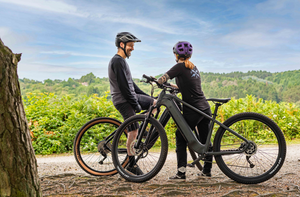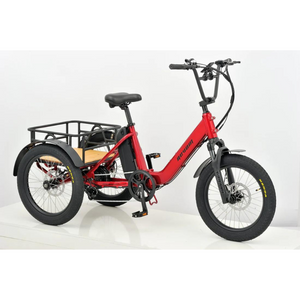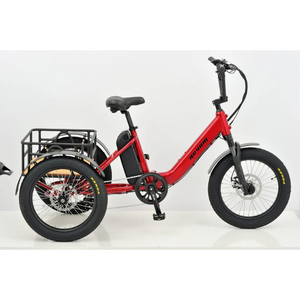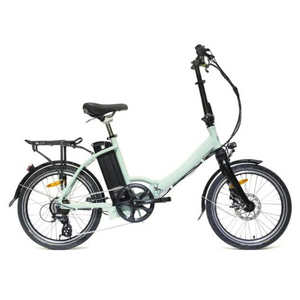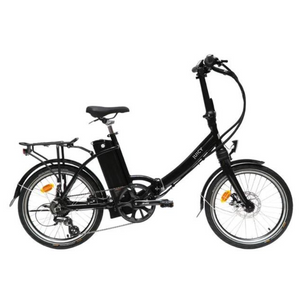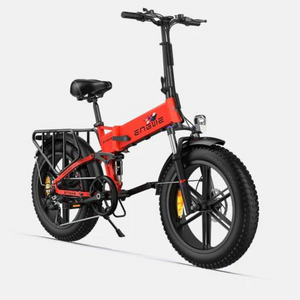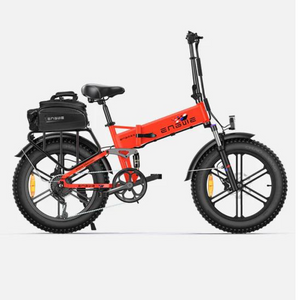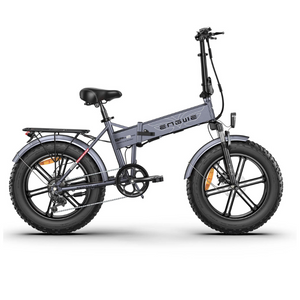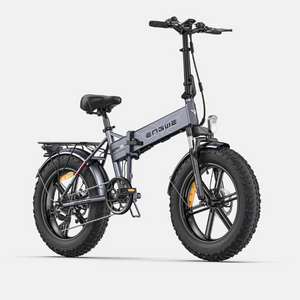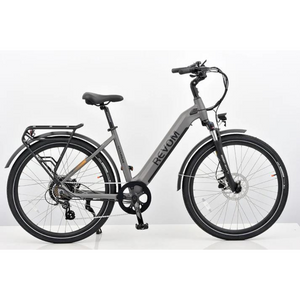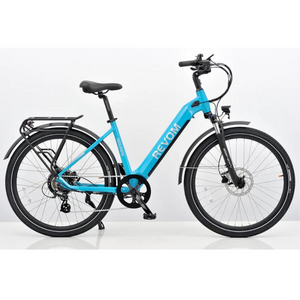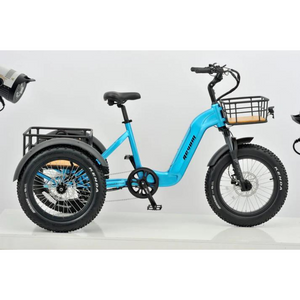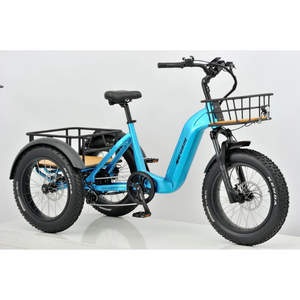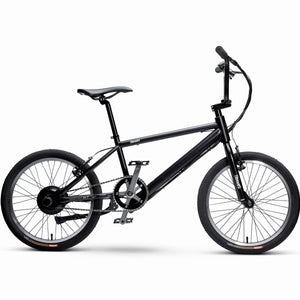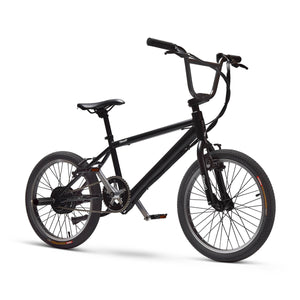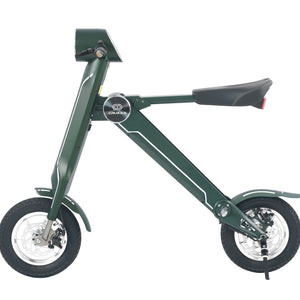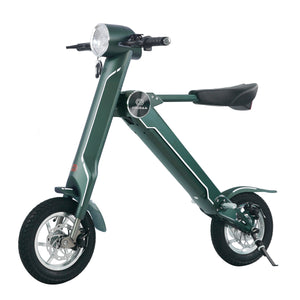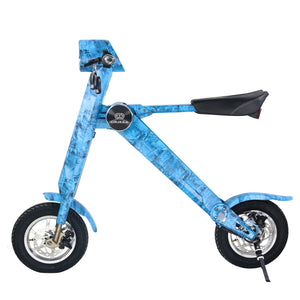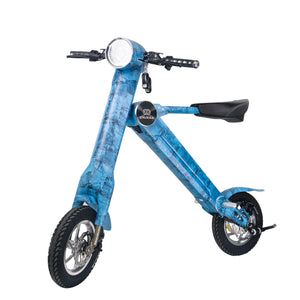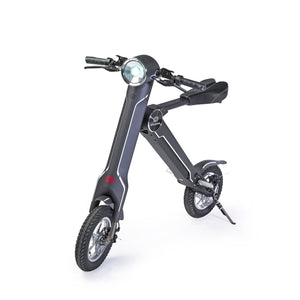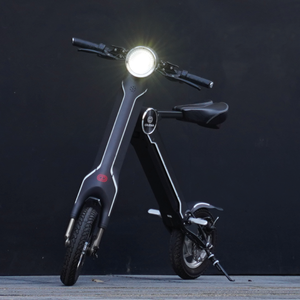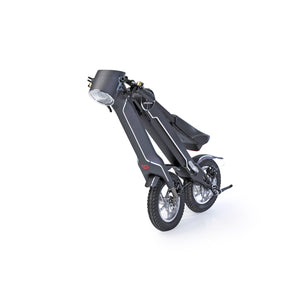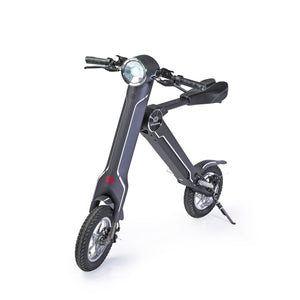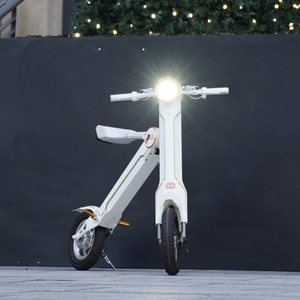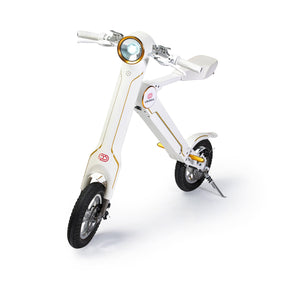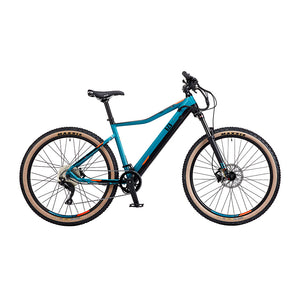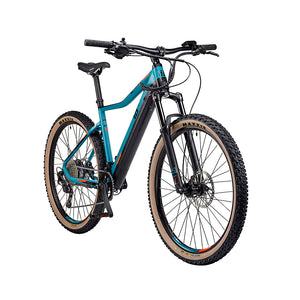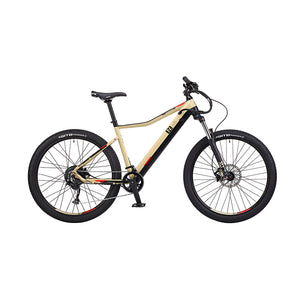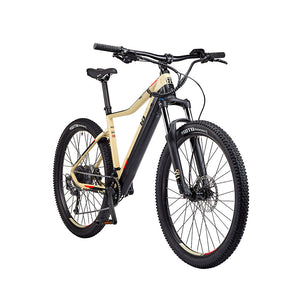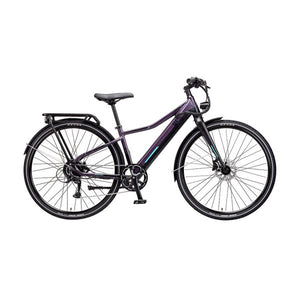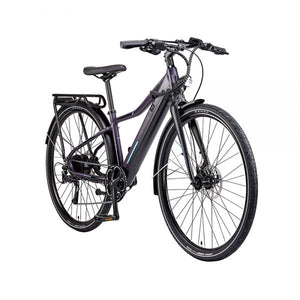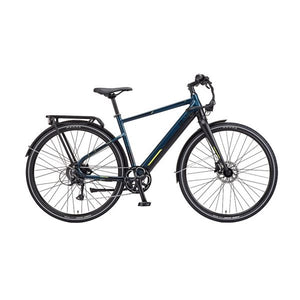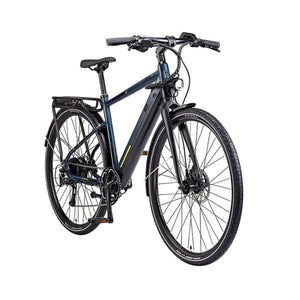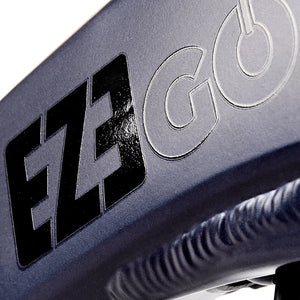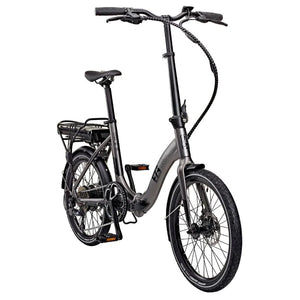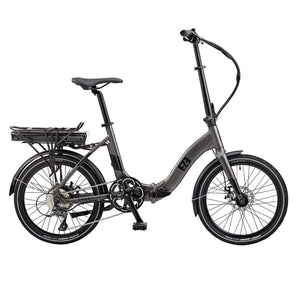Welcome to Pedal Evolutions Electric Bike Buying Guide! Whether you're a seasoned cyclist or looking to embark on a new adventure, electric bikes offer a fun, eco-friendly, and efficient way to get around. This guide aims to help you make an informed decision about purchasing an electric bike that meets your needs.
What are E-Bikes and how do they work?
Electric bikes, or e-bikes, operate through a combination of human power and electric assistance. At the core of every e-bike is an electric motor powered by a rechargeable battery. When the rider pedals, the motor provides a boost to the pedaling effort, making it easier to ride and allowing for higher speeds.
Riders can control the level of assistance through a handlebar-mounted display or control panel, adjusting the power output to suit their preferences and riding conditions. Some e-bikes also feature a throttle, allowing riders to engage the motor without pedaling.
This hybrid system of human and electric power makes e-bikes an efficient and eco-friendly mode of transportation for a wide range of riders, from commuters to outdoor enthusiasts.
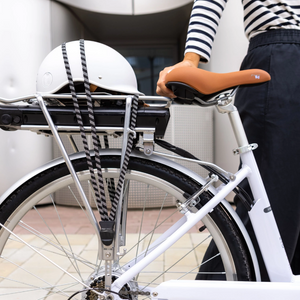
Different Styles of Electric Bikes
- Folding Electric Bikes: Ideal for commuters and those with limited storage space, folding e-bikes are compact and can be easily transported on public transportation.
- Step-Through Electric Bikes: These bikes have a low frame and a step-through design, making them easy to mount and dismount. They are popular among riders who prioritize comfort and convenience.
- Urban Electric Bikes: Designed for city riding, urban e-bikes are versatile and often equipped with features like racks, lights, and fenders for commuting and running errands.
- Hybrid Electric Bikes: Combining the best of road and mountain bikes, hybrid e-bikes are suitable for a variety of terrains and riding styles.
- Mountain Electric Bikes: Built for off-road adventures, mountain e-bikes have rugged frames, wide tires, and powerful motors to tackle challenging trails.2. Choose the Right Motor and Battery
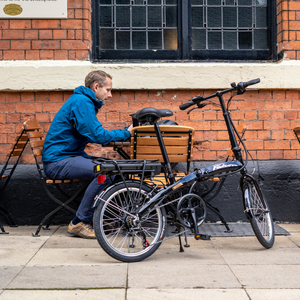
Mid Drive vs Hub Drive Motors
The heart of an e-bike lies in its motor and battery system. Here are some key factors to consider.
Mid-drive Motor
- Better Weight Distribution: Mid-drive motors are typically mounted near the bike's center of gravity, providing a more balanced weight distribution compared to hub motors, which are located in the wheels.
- Efficient Power Transfer: Mid-drive motors directly drive the bike's chain, allowing the rider to leverage the bike's gearing system. This results in more efficient power transfer and better climbing ability.
- Lower Center of Gravity: The location of the motor in the frame keeps the bike's center of gravity low, enhancing stability and handling.
- A good choice for off-road adventures
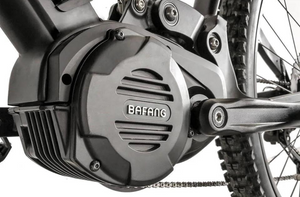
Hub-drive Motor
- Simplicity: Hub motors are simpler in design and installation, which can result in lower costs for the bike.
- Reduced Maintenance: Hub motors have fewer moving parts, resulting in lower maintenance requirements compared to mid-drive motors.
- Silent Operation: Hub motors are often quieter than mid-drive motors due to their direct drive system.
- A good choice for commuters

The choice between a mid-drive and hub-drive electric bike motor depends on your riding preferences, terrain, and budget. In general
Batteries
Electric bike batteries are crucial components that power the motor and provide the energy required for movement. The range of an electric bike battery refers to the distance it can cover on a single charge. Several factors influence battery range:
- Battery Capacity: The amount of energy a battery can store, measured in watt-hours (Wh).
- Riding Conditions: Terrain, weather, and riding style impact battery range.
- Motor Efficiency: Efficient motors consume less energy, extending battery life.
- Battery Age and Condition: Older batteries may have reduced capacity, affecting range.
- Assist Level: Higher assist levels consume more battery power.
- Rider Weight and Cargo: Heavier loads require more energy, reducing range.
- Temperature: Extreme temperatures can affect battery performance.
The range of an electric bike battery, consider the battery capacity (watt-hours), the e-bike's efficiency, and your typical riding conditions. It's also essential to keep the battery charged and maintain it according to the manufacturer's guidelines for optimal performance and longevity.
Consider Additional Features
- Frame Material: E-bike frames are typically made from aluminum or carbon fiber. Aluminum frames are durable and lightweight, while carbon fiber frames offer enhanced shock absorption and a smoother ride.
- Brakes: Look for e-bikes equipped with reliable brakes, such as hydraulic disc brakes, which provide excellent stopping power in various conditions.
- Suspension: If you plan to ride on bumpy terrain, consider an e-bike with front suspension forks or full suspension for added comfort.
- Display and Controls: A user-friendly display and intuitive controls make it easier to monitor your speed, battery level, and other important information while riding.
- Integrated Features: Some e-bikes come with integrated features like GPS tracking, smartphone connectivity, and anti-theft systems for added convenience and security.
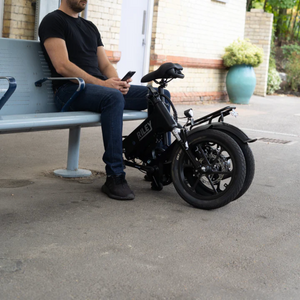
Summary
Investing in an electric bike is an exciting decision that can transform your riding experience. By considering your riding style, motor and battery specifications, and additional features,, you can find the perfect e-bike that suits your needs and budget. Happy riding!

